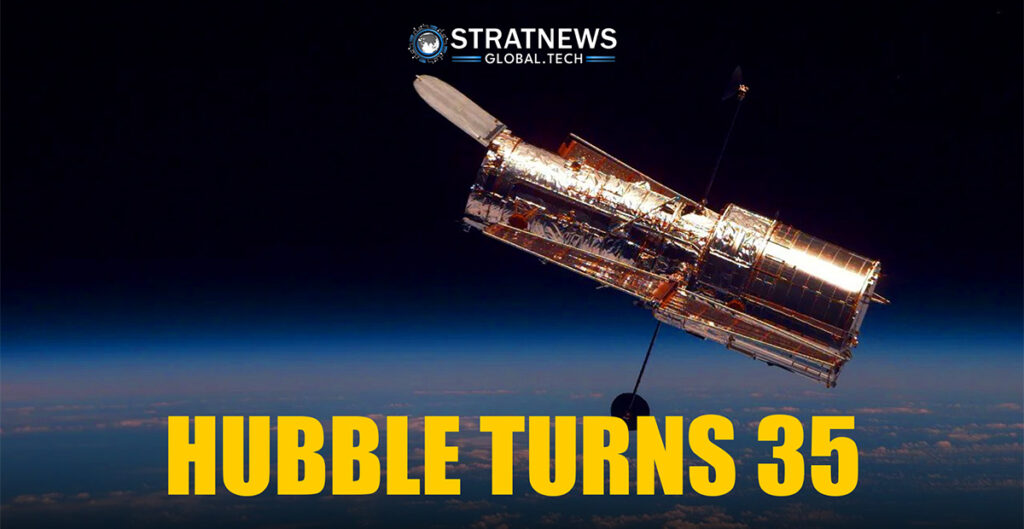Hubble Celebrates 35 Years with Stunning New Space Images
NASA has marked the 35th anniversary of the Hubble Space Telescope with the release of four breathtaking images that span our solar system and beyond. These new visuals showcase Mars, a colourful planetary nebula, the Rosette Nebula known for star formation, and the flocculent spiral galaxy NGC 5335.
Since its launch aboard the space shuttle Discovery on 24 April 1990, Hubble has transformed how we view the cosmos. With its ability to observe in ultraviolet and visible light, it has given scientists and the public an unparalleled look at the universe’s beauty and complexity.
Complementing the James Webb Telescope
Hubble continues to play a vital role in astronomical research, working alongside the newer James Webb Space Telescope (JWST). While Webb observes the universe in infrared, allowing it to look deeper into cosmic history, Hubble provides detailed imagery of nearby galaxies and active star-forming areas.
Together, these two powerful observatories offer a broader understanding of galaxy formation and evolution over billions of years.
Dr Jennifer Wiseman, Hubble’s Senior Project Scientist, praised the telescope’s contribution, saying, “This eye on the sky has given people around the world a new view of the universe, how vast it is, how beautiful it is, and how active it is.”
Building on Hubble’s Scientific Achievements
Over the past 35 years, Hubble has recorded nearly 1.7 million observations and has contributed to more than 22,000 scientific papers. Its images and data have advanced research on everything from the birth of stars to the expansion of the universe.
Looking ahead, NASA plans to build on Hubble’s legacy with the Habitable Worlds Observatory. This future mission will focus on detecting potentially habitable planets beyond our solar system, continuing the journey that Hubble began.
with inputs from Reuters


